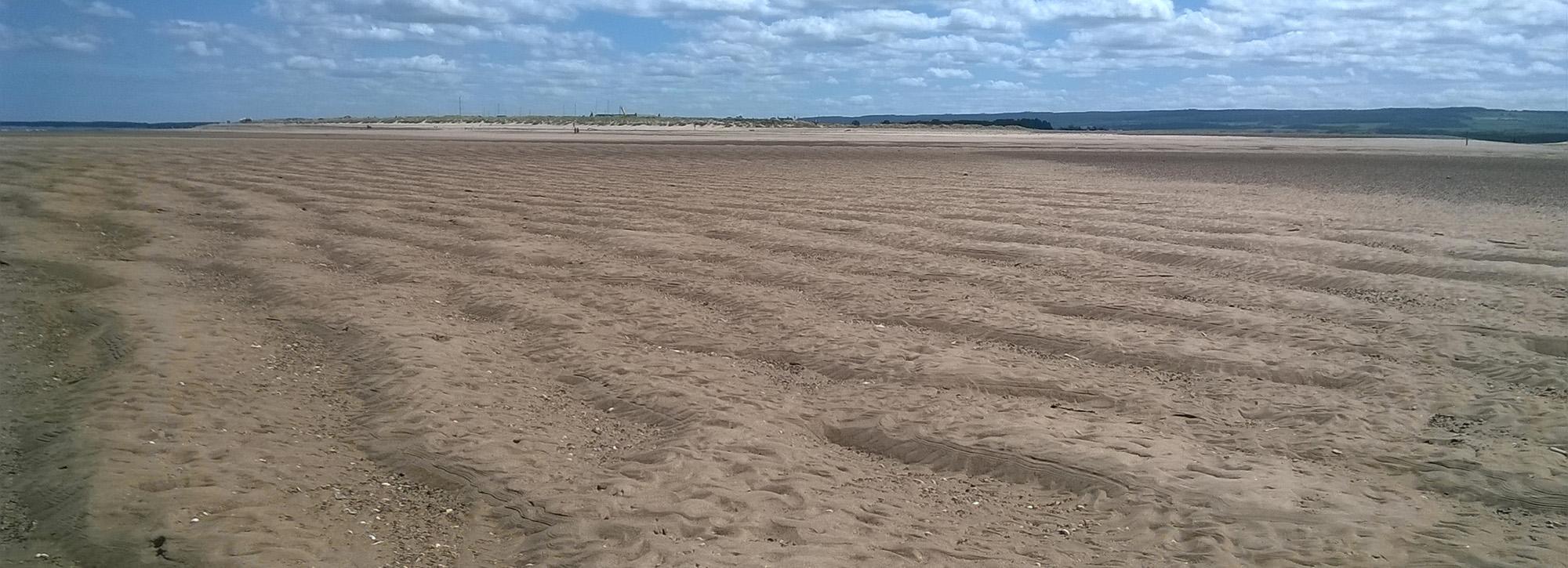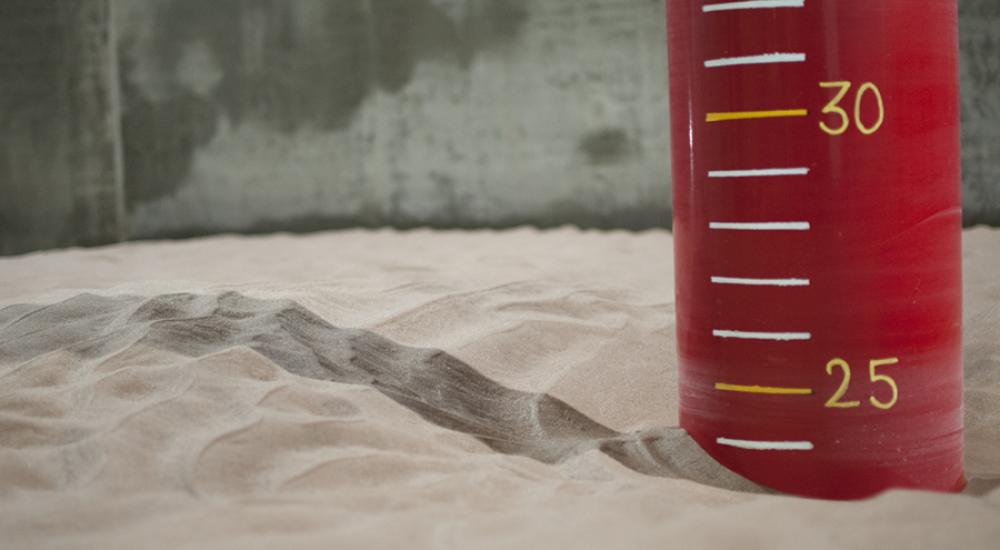
Coastal morphology and sediments
The relentless movement of the seas shifts sands and muds constantly. Coasts erode, sandbanks move, channels fill in and scour develops around structures. Designing and managing assets in this complex environment requires the sort of expert advice that our scientists and engineers provide. We have world-renowned expertise in coastal morphology and sedimentation; our innovative team develops new approaches and techniques that we use to benefit our clients.
Building resilience
Buildings or structures placed near, or in, the sea are at risk from the movement of sediment. Eroding coastlines threaten property, transport links and infrastructure. Newly dredged harbours or channels can fill in with fresh sediment, reducing their use. Sandbanks and other bedforms move, affecting pipelines, cables and foundations. Structures in the marine environment accelerate the water leading to scour.
HR Wallingford has world leading expertise and experience in the complex problems of sediment transport in estuaries, open coastlines and the continental shelf. We can help you assess your risks and come up with innovative solutions to maintain the resilience of your assets.
We offer a full range of studies, from advice on morphological change through to the application of appropriate numerical and physical modelling approaches. We provide solutions for coastal erosion, sedimentation and scour, sediment management, beach design and beach management. We have been innovators in the field of working with natural processes and the use of natural and nature-based features in coastal and estuarine management.
Coastal erosion
Eroding coastlines threaten property, transport links and infrastructure. From an initial assessment of the rate of erosion, through optioneering to detailed design and the development of a beach management plan, we help to protect assets threatened by erosion. For example, we can offer a range of assessments of coastal change, including the analysis of historical data, scaled physical models and detailed numerical models. We can also optimise the effectiveness of beach control structures and develop monitoring plans.
Sedimentation of harbours and channels
Newly dredged harbours or channels can fill in with fresh sediment, reducing their use. We have detailed numerical models of flow, waves, wind, sediment transport and bathymetric change, which we use to simulate sedimentation and erosion. We can advise on the location and layout of ports, harbours and berths. We can also advise on dredging requirements and have specialist models of the environmental impacts of dredging.
Changing morphology and seabed features
Sandbanks and other bedforms move, affecting pipelines, cables and foundations. We have a range of tools and models for assessing the evolution of sandbanks, sandwaves and ripples. We can advise you on the potential for future changes and help develop a management plan.
Scour assessment

We use our Fast Flow Facility to assess scour around monopile foundations for offshore wind farms.
Scour at marine structures
Over the last decade, the drive to develop offshore renewable resources has emphasised the importance of assessing the scour hazard for marine assets such as foundation structures and cabling. We help clients to manage the risk of scour, whatever the type of structure and wherever it is located, from the shallowest estuary out to beyond the edge of the continental shelf. We have tools for predicting scour and designing mitigation measures, including the Fast Flow Facility, one of the world's largest marine test facilities, delivering a world-leading capability in wave-current-sediment-structure modelling.
The ability to have novel designs tested by physical modelling is crucial for development of our foundations. We can observe how the seabed responds to the foundation in the extreme conditions found in the North Sea. We have found the new Fast Flow Facility at HR Wallingford tailor made for this purpose.
Managed realignment and habitat creation
We have been involved with managed realignment and habitat creation projects since the concepts were first developed in the UK. Intertidal areas, like mudflats and salt marshes, are a key habitat within coastal and estuarine ecosystems. They contribute significantly to flood defence and are subject to considerable pressures from coastal squeeze, reclamation, erosion and salt marsh dieback. The quantity and functionality of coastal and estuarine habitats can be maintained by realigning the coast or using dredged material to create or enhance habitat areas. We work with natural processes to develop suitable eco-solutions.
Want to know more?
